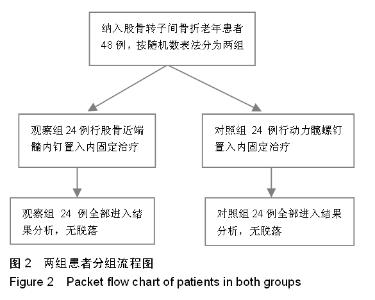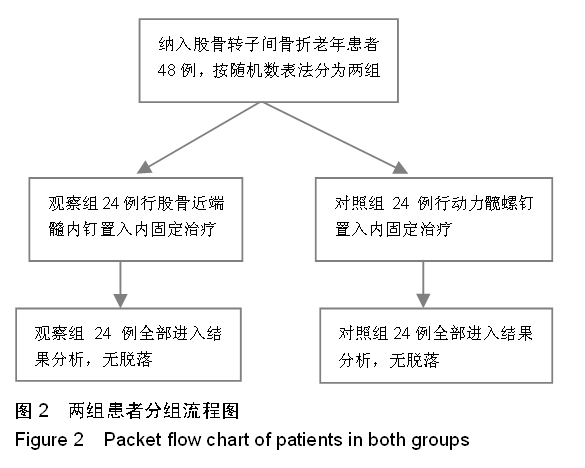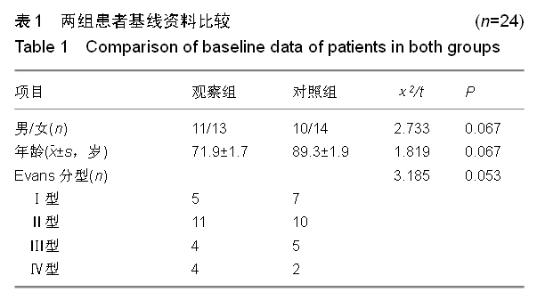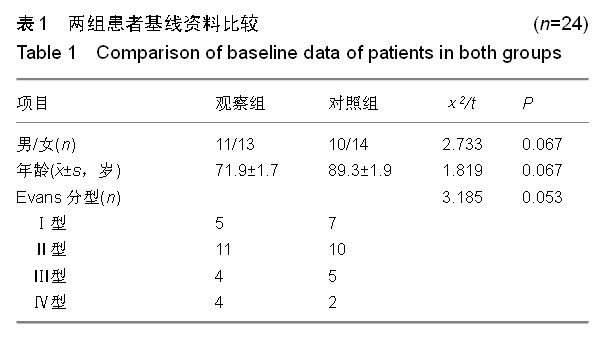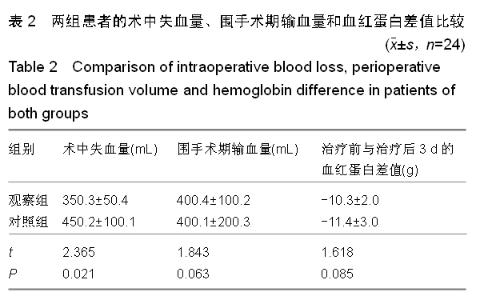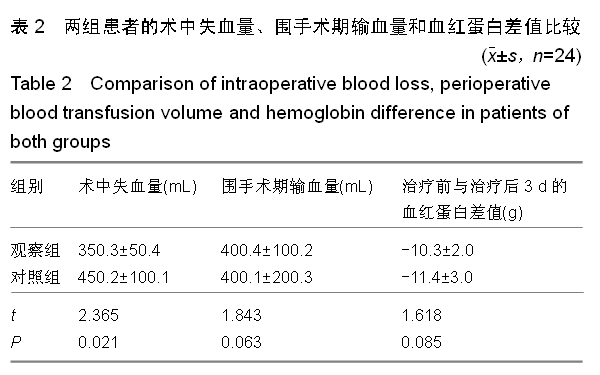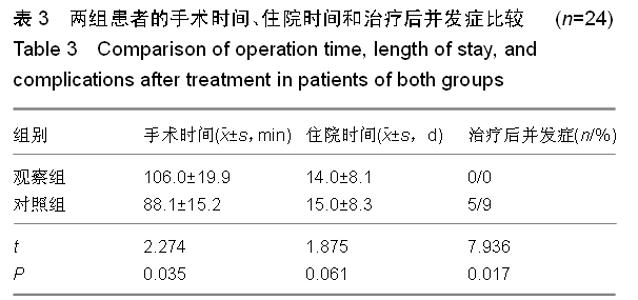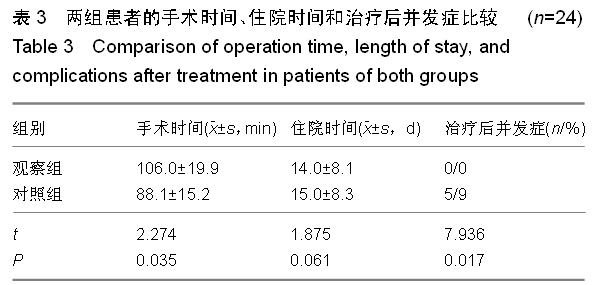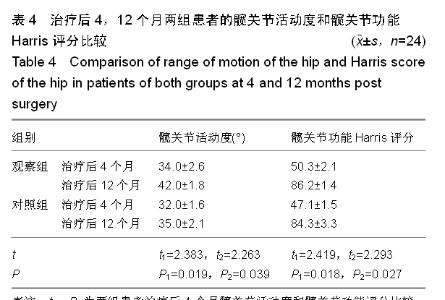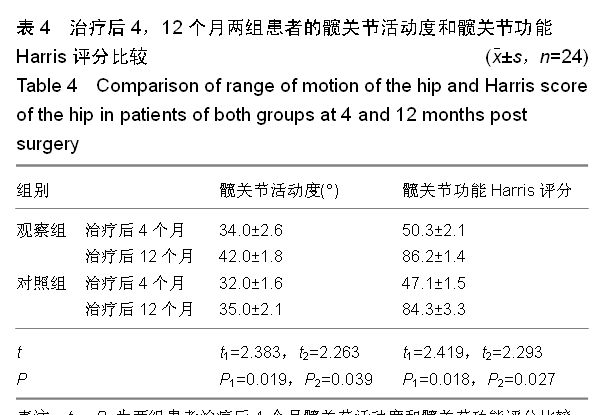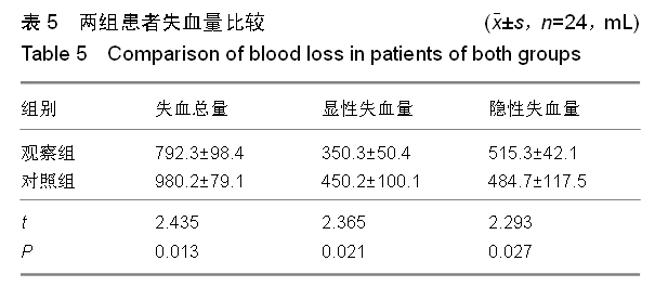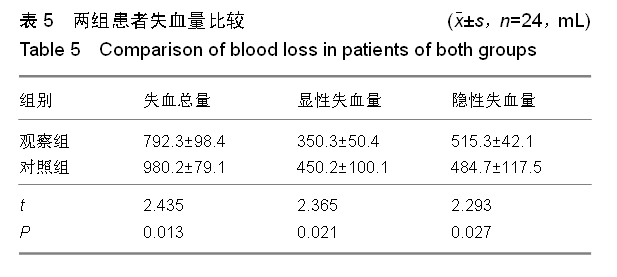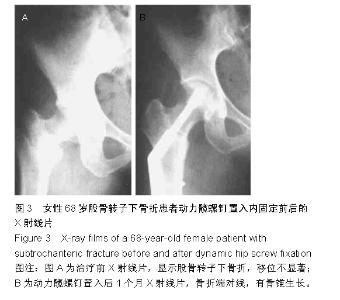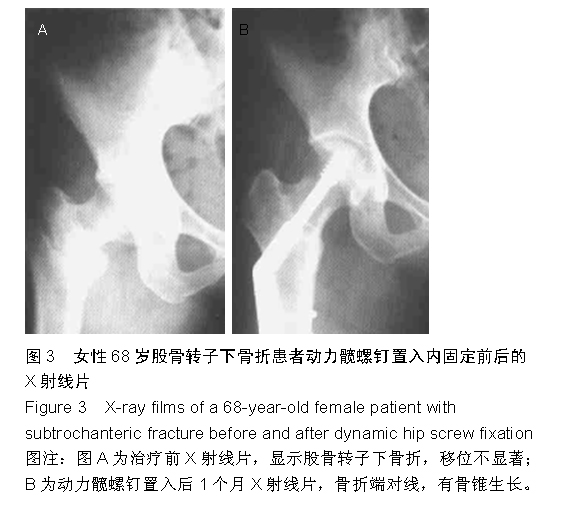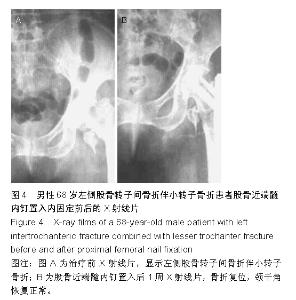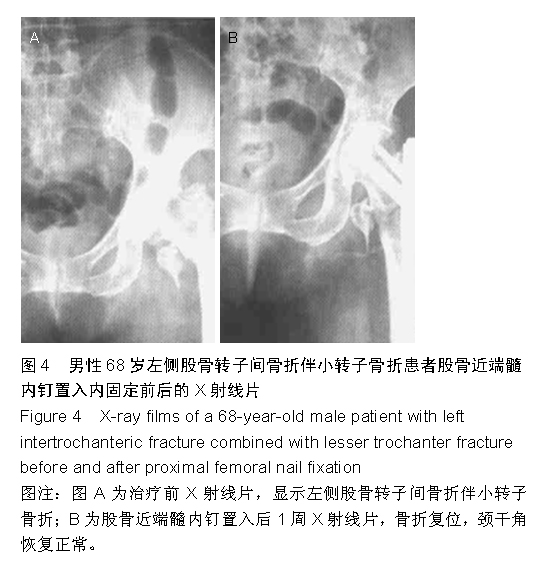| [1] Augat P, Eberle S, Hoffmann S, et al.Reply to letter to the editor: "Auxiliary locking plate improves fracture stability and healing in intertrochanteric fractures fixated by intramedullary nail (IMN)". Clin Biomech. 2013;28(4):481-482.
[2] Eberle S,Gabel J, Hungerer S, et al. Auxiliary locking plate improves fracture stability and healing in intertrochanteric fractures fixated by intramedullary nail. Clin Biomech. 2012; 27(10):1006-1010.
[3] 周强,陆骅,俞思明,等.动力髋结合转子稳定钢板与Gamma钉内固定治疗股骨转子间骨折的比较[J].中国组织工程研究,2014, 18(9):1441-1452.
[4] 方超,谢加兵,徐祝军,等.亚洲型防旋股骨近端髓内钉微创修复股骨转子间骨折:可为高龄患者首选[J].中国组织工程研究, 2014, 18(22):3469-3474.
[5] 曹国平,边红光,胡建鑫,等.单侧初次人工全髋关节置换术后隐形失血的初步分析[J].中华创伤杂志,2012,28(7):654-657.
[6] 王国栋,袁同洲,许诺,等.防旋型股骨近端髓内钉治疗老年股骨转子间骨折[J].中国组织工程研究,2014,18(17):2679-2684.
[7] 左朝友.股骨粗隆间骨折患者不同手术治疗后的围术期失血状况比较[J].海南医学,2014,25(18):2745-2746,2747.
[8] 沈宏江,郭亮.股骨近端髓内钉与动力髋螺钉内固定修复老年股骨转子间骨折:12个月随访并发症发生率比较[J].中国组织工程研究,2014,18(44):7146-7150.
[9] 郑得志,于建华,杨有庚,等.股骨转子间骨折动力髋螺钉内固定失败的危险因素[J].中华创伤杂志,2006,22(2):129-132.
[10] 王冬冬,高峰,程杰平,等.治疗股骨转子间骨折时头颈拉力螺钉不同置入位置的有限元计算[J].中国组织工程研究,2014,18(17): 2667-2672.
[11] 徐厚高.股骨近端防旋髓内钉与动力髋螺钉修复老年股骨转子间骨折的比较[J].中国组织工程研究,2014,18(35): 5611-5615.
[12] 史少华,吕书军.防旋股骨近端髓内钉小切口置入修复老年股骨转子间骨折的可行性评价[J].中国组织工程研究,2015,18(9): 1405-1409.
[13] 陈生文.髋关节动力螺钉和股骨近端髓内钉-螺旋刀片固定股骨转子间骨折的效果比较[J].中国组织工程研究,2012,16(30): 5691-5695.
[14] 邵云峰,张湘生.解剖型髋动力锁定钢板与防旋型股骨近端髓内钉修复老年股骨转子间骨折:16个月随访评价[J].中国组织工程研究,2015,19(4):629-633.
[15] 李靖扬,周瑜博,乔为民,等.四种金属植入物内固定修复老年股骨转子间骨折的比较[J].中国组织工程研究,2014,18(26): 4163-4167. |
